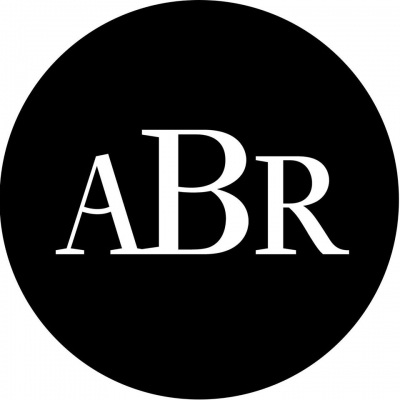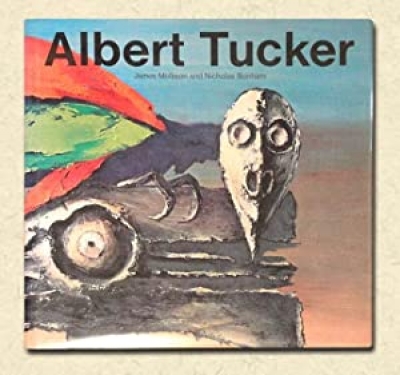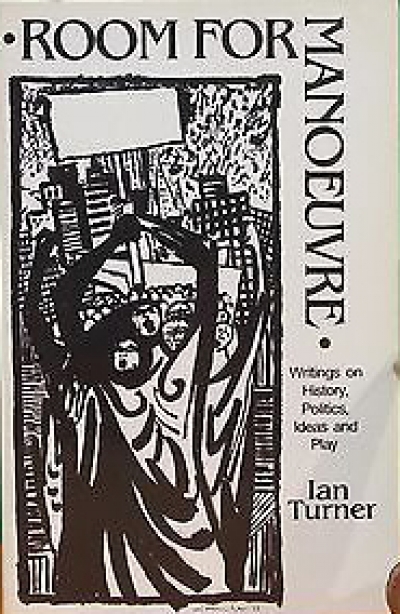Archive
Don Watson reviews 'Tubbo' by Paul de Serville, 'The Homestead' by Peter Freeman, and 'Homesteads of Southern New South Wales 1830–1900' by Maurice Canton
Primitive accumulation was a brutal process often performed by gentlemen. Not all pastoralists were brutes – unless they had to be. Not all Aboriginals were murdered – unless they had to be. Facades of normality were hurriedly erected to confound Karl Marx. For a moment the Australian pastoralists could build oases of sophistication on the Australian landscape. For a generation or so they managed to impose a uniquely Australian gentility around the waterholes and rivers. That the phenomenon was a passing one is symbolised by the life and death of James Bourke in the Riverina. A secondary pioneer, he died at the age of twenty-four. His brother Thomas, ‘a fine athletic man’ died of the booze aged twenty-six. The body of his step-uncle, James Peter, was found in the river a few days later: he had been in ‘a severe fit of the horrors’. All sorts of disasters of a man-made kind – from fatal flaws to death duties – combined with the elements to wash away the billabong dynasties.
... (read more)Test-Tube Babies edited by William Walters and Peter Singer
Selected Poems by John Tranter & Flowers of Emptiness. by Rudi Krausemann
Invasion and Resistance: Aboriginal-European relations on the North Queensland Frontier 1861–1897 by Noel Loos
Beatrice and Sydney Webb are still alive, though failing. At least, that is the impression one gets from these five pamphlets, which mark the resurrection of the Victorian Fabian Society since 1980, after temporarily shaking off the mortal after coil.
... (read more)A grizzled, greying migrant, who was holidaying in Sicily after twenty years in Australia, attended a civic reception for participants in a seminar on Australian literature held in Piazza Armerina last January. His wife and three children were in Moonee Ponds. He was obviously pleased to speak with the Australians present as if they somehow confirmed his experience in a far-off land.
... (read more)






